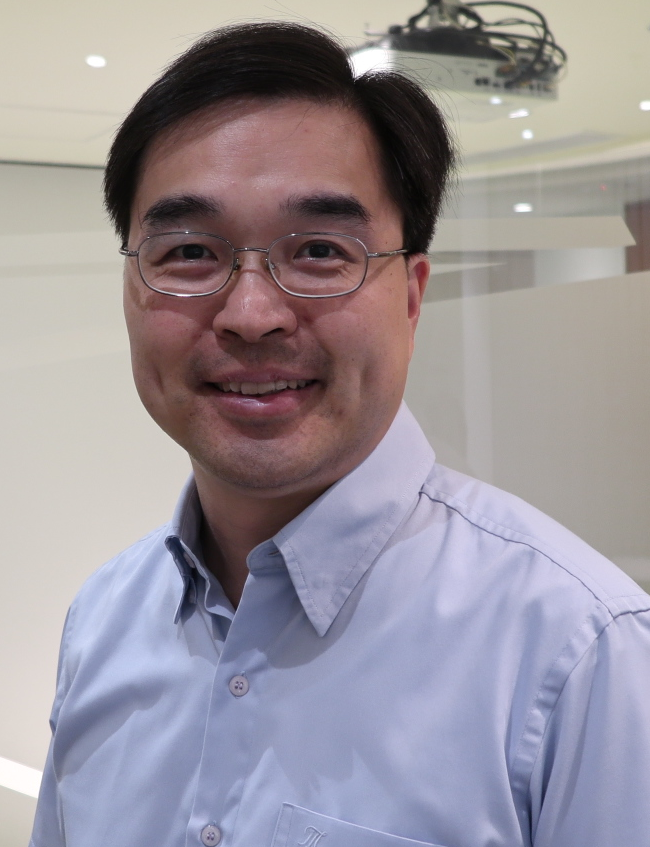Wallace Choy
Perovskite & Organic devices
Department of Electrical and Electronic Engineering, The University of Hong Kong Pokfulam Road, Hong Kong, China
Email: chchoy@eee.hku.hk
Biography
Prof. Wallace C. H. Choy is a full professor in the Department of EEE, HKU. His research interests cover organic/inorganic optoelectronic devices, plasmonic structures, metal oxides, and nanomaterial devices. He has published more than 240 peer-reviewed papers, several book chapters, patents, and edited one book. He was recognized as top 1% of most-cited scientists in Thomson Reuter’s Essential Science Indicators from 2014 to 2020. He is named as one of the "Highly Cited Researchers" by Clarivate Analytics in 2018. He is an elected fellow of OSA/Optica.
Abstract for Presentation
The influences and optimization of carrier transfer and confinement for realizing high-performance blue perovskite light-emitting diodes
Recently, substantial efforts have been made in enhancing the performances of blue perovskite light-emitting diodes (PeLEDs), and efficiencies over 10% have been achieved. However, the performances still lag far behind with the efficient green, red, and near-infrared PeLEDs analogs. It is highly desirable to develop highly-performed and stable blue PeLEDs. Meanwhile, there has been a booming development for the device efficiencies of quasi-2D perovskites taking the advantages of the energy funneling effect assisted fast exciton transfer and recombination, and the facilely solution-processed perovskite fabrication. However, very few attentions have been paid to rationally design the passivating agents for the balance of the carrier confinement and transfer in quasi-2D perovskites, which is essential to achieve high-performance PeLEDs. In this work, we systematically study the effects of phosphine oxide passivating agents of triethylphosphine oxide (TEPO), tributylphosphine oxide (TBPO), and trioctylphosphine oxide (TOPO) on the optoelectronic properties of quasi-2D perovskite films. We demonstrate that TBPO incorporated perovskites offer the bestperformed blue PeLEDs. In details, our results show that the appropriate carbon chain length of TBPO simultaneously offer good carrier confinement for the massive radiative recombination within the perovskites, and efficient carrier transfer in quasi-2D perovskites for high emission efficiency. Benefitting from the good optical and electrical properties of TBPO incorporated perovskites, we achieve high-efficient blue PeLEDs with an EQE of 11.5 % and prolonged operational stability of 41.1 min, which is among the best performing blue PeLEDs. [1] Consequently, this work contributes an effective approach to design effective passivation molecules for high-quality perovskite films and efficient blue PeLEDs.
References
[1] Z. Ren, J. Sun, J. Yu, X. Xiao, Z. Wang, R. Zhang, K. Wang, R. Chen, Y. Chen, W.C.H. Choy, NanoMicro Lett. 2022, 14, 66.
WELCOME TO CHINA TO ATTEND THE ICANS
23-26 August, Nanjing, China
Connect with us:



